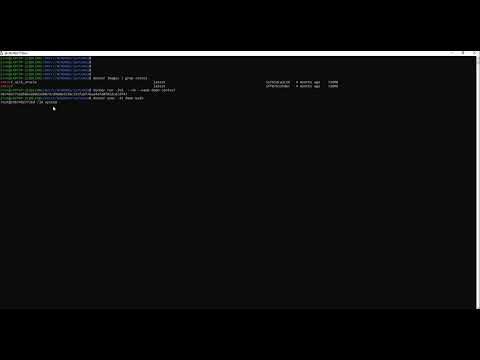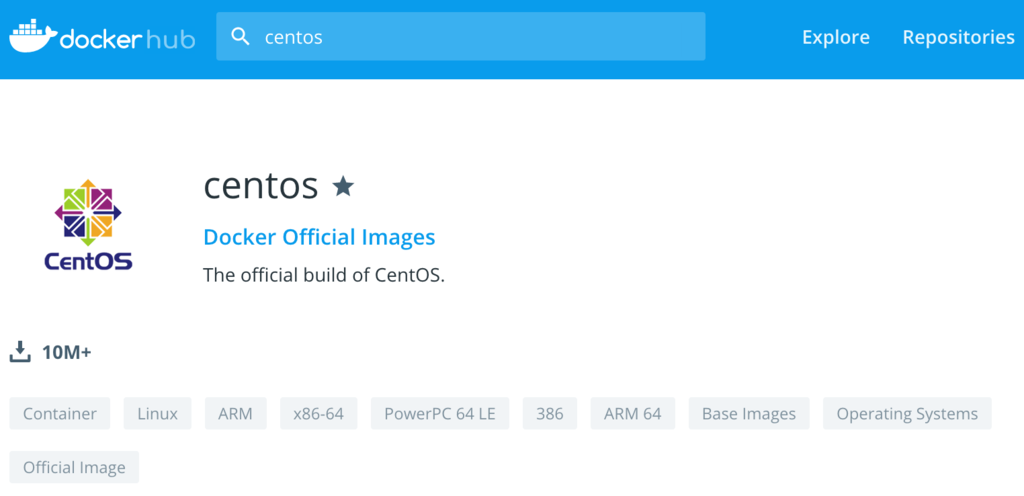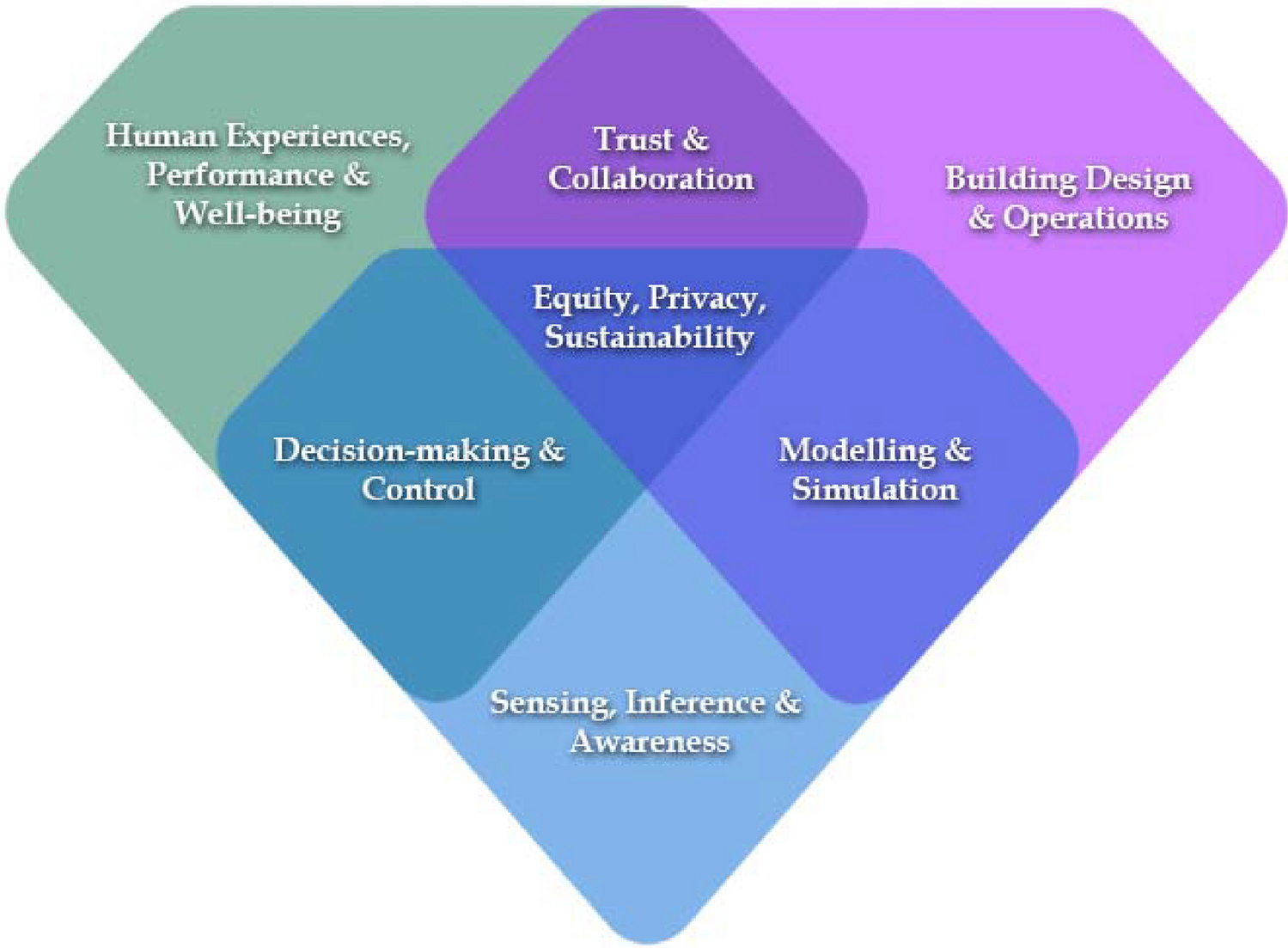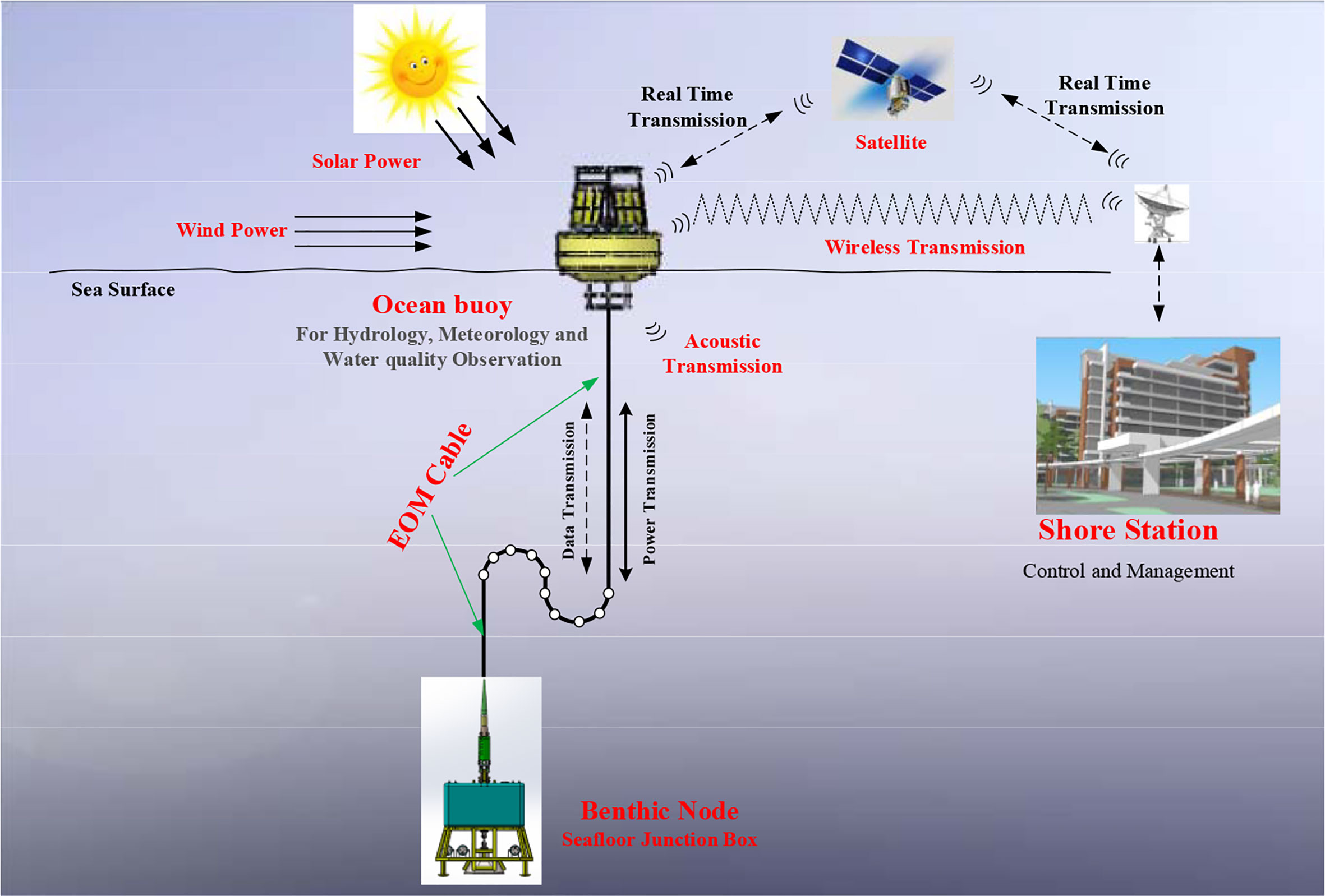Failed To Get D-Bus Connection: Operation Not Permitted
D-Bus, short for Desktop Bus, is a message bus system that allows communication between multiple processes running on the same machine. It enables different applications to interact with each other and share information, making it an integral part of the Linux and Unix-like operating systems.
D-Bus follows a client-server architecture, where the applications act as clients and the D-Bus daemon acts as the server. Clients can communicate with each other through the D-Bus daemon by sending and receiving messages. This communication mechanism is crucial for various functionalities such as system notifications, hardware control, and inter-process communication.
Exploring the Meaning of “Failed to Get D-Bus Connection: Operation Not Permitted”
When encountering the error message “Failed to Get D-Bus Connection: Operation Not Permitted,” it signifies that the application or process is unable to establish a connection with the D-Bus daemon. There can be several causes behind this error, including permission issues and system configuration problems.
Possible Causes for the Error Message
1. Permission Issues: D-Bus requires appropriate permissions to establish a connection. If the user running the application doesn’t have the necessary permissions, the connection may be denied, resulting in the error message.
2. System Configuration Issues: The D-Bus daemon’s configuration settings may not be properly set, preventing the connection from being established. Misconfigurations or improper installations can lead to this error message.
Troubleshooting Steps to Resolve the Error Message
1. Check User Permissions: Ensure that the user executing the application has sufficient permissions to access D-Bus. You can try running the application with administrative privileges or using the ‘sudo’ command.
2. Restart D-Bus Daemon: Restarting the D-Bus daemon can help resolve temporary glitches or misconfigurations. Use the appropriate command for your system to restart the D-Bus daemon. For example, in Ubuntu, you can use the command ‘sudo service dbus restart’.
3. Verify D-Bus Daemon Status: Check if the D-Bus daemon is running correctly. Use the command ‘systemctl status dbus’ (systemd-based systems) or ‘service dbus status’ (SysVinit-based systems) to check the status. If it’s not running, start it using the appropriate command.
Resolving Permission Issues for D-Bus Connection
1. Grant Appropriate User Permissions: Ensure that the user running the application has the necessary permissions to access D-Bus. You can modify the user’s permissions or add them to appropriate groups, such as the ‘dbus’ group, to allow D-Bus access.
2. Check File and Directory Permissions: Verify the permissions of relevant D-Bus files and directories. The directories ‘/var/run/dbus/’ and ‘/var/run/dbus/*’ should be owned by the ‘dbus’ user and group, with appropriate read and write permissions.
Resolving System Configuration Issues for D-Bus Connection
1. Check D-Bus Configuration Files: Ensure that the D-Bus configuration files are correctly set. The main configuration file is usually located at ‘/etc/dbus-1/system.conf’ or ‘/etc/dbus-1/session.conf’. Verify the permissions, ownership, and content of these files.
2. Reinstall D-Bus: If the D-Bus configuration files seem to be corrupt or misconfigured, consider reinstalling D-Bus. Remove the existing installation and reinstall it using the package manager specific to your operating system.
Alternative Solutions for D-Bus Connection Issues
1. WSL Failed to Get D-Bus Connection: Operation Not Permitted: This error typically occurs when using Windows Subsystem for Linux (WSL) to run Linux applications. Try upgrading to the latest version of WSL or use alternative methods like running a Linux virtual machine.
2. Failed to Get D-Bus Connection: Connection Refused: This error can occur if the D-Bus daemon is not running or if there are networking issues between the application and D-Bus. Restart the D-Bus daemon and check for any networking problems.
3. Failed to Get D-Bus Connection: Operation Not Permitted Kubernetes: This error often occurs when running Kubernetes containers. Ensure that the necessary permissions and configurations are properly set for the Kubernetes environment and the D-Bus connection.
4. Failed to Mount Tmpfs at Run: Operation Not Permitted: This error indicates permission issues with mounting the tmpfs filesystem at the ‘/run’ directory. Check the file and directory permissions for ‘/run’ and ensure that they allow mounting.
5. Systemctl Command Not Found Docker: This error typically occurs when the ‘systemctl’ command is not available in Docker containers. Use alternative methods to manage services within your Docker environment, such as using ‘service’ or custom scripts.
FAQs
Q: Why am I getting the “Failed to connect to bus: host is down” error message?
A: This error message indicates that the D-Bus server is not running or is currently inaccessible. Start the D-Bus daemon using the appropriate command for your system to resolve this issue.
Q: What does “Couldn’t find an alternative telinit implementation to spawnfailed to get D-Bus connection: operation not permitted” mean?
A: This error suggests that the system is unable to find an alternative command to ‘telinit’ to initiate a process, which consequently prevents the D-Bus connection. Troubleshoot this by ensuring proper system initialization and checking the availability of the ‘telinit’ command.
In conclusion, encountering the error message “Failed to Get D-Bus Connection: Operation Not Permitted” can be resolved by addressing permission issues, system configuration problems, or using alternative solutions specific to the encountered situation. Understanding the causes and troubleshooting steps can help users overcome D-Bus connection issues and resume smooth operation of their applications and processes.
Docker Failed To Get D Bus Connection Operation Not Permitted
Keywords searched by users: failed to get d-bus connection: operation not permitted WSL Failed to get d bus connection operation not permitted, failed to get d-bus connection: connection refused, Failed to get D Bus connection Operation not permitted Kubernetes, Failed to mount tmpfs at run: Operation not permitted, Systemctl command not found docker, Unable to open opt docker desktop linuxkit kernel dpkg new Operation not permitted, Failed to connect to bus: host is down, Couldn t find an alternative telinit implementation to spawn
Categories: Top 27 Failed To Get D-Bus Connection: Operation Not Permitted
See more here: nhanvietluanvan.com
Wsl Failed To Get D Bus Connection Operation Not Permitted
Causes of WSL Failed to get d bus connection operation not permitted error:
1. Permissions: One of the most common causes of this error is inadequate permissions. Since WSL runs as a subsystem within Windows, it may face permission conflicts when trying to access system resources necessary to establish a d-bus connection.
2. WSL configuration: An incorrect or problematic WSL configuration could also trigger this error. It may be due to a misconfiguration of the distribution installed or incorrect settings within the WSL environment itself.
Solutions to WSL Failed to get d bus connection operation not permitted error:
1. Check WSL permissions: Verify that your user account has appropriate permissions to access the necessary resources. Access Control Lists (ACLs) can be set for WSL files and directories to grant the required permissions. Ensure that the files and directories you are working with have the correct ownership and access rights assigned.
2. Reset the distribution: If the error persists, resetting the Linux distribution installed through WSL might resolve the issue. Firstly, open the PowerShell or Command Prompt as an administrator and run the command `wsl –list` to get a list of installed distributions. Then, reset the desired distribution by executing the command `wsl –unregister
3. Update WSL: Ensure that you are using the latest version of WSL by checking for updates in the Windows Update settings. Microsoft frequently releases updates to improve WSL performance and address known issues. Updating WSL may include bug fixes that can resolve the failed d-bus connection error.
4. Reinstall WSL: If the error persists, consider reinstalling the entire WSL package on your system. Start by disabling and then completely removing WSL from your system. Open an elevated PowerShell or Command Prompt and run the command `wsl –set-default-version 1` to set the default WSL version to 1. Next, execute `wsl –unregister
5. Consult online communities: If the issue remains unresolved, it can be helpful to seek assistance from knowledgeable online communities. Websites and forums dedicated to WSL or Linux, such as Stack Overflow or GitHub, provide an extensive platform where users can seek solutions from experts and other individuals who have encountered similar problems.
FAQs:
Q1. What is WSL?
A1. WSL, or Windows Subsystem for Linux, is a compatibility layer provided by Microsoft that allows for running native Linux command-line tools and programs directly on a Windows operating system.
Q2. How can I check the WSL version installed on my machine?
A2. Open PowerShell or Command Prompt and run the command `wsl –list –verbose`. The WSL version will be mentioned under the “Version” column.
Q3. Can I run GUI applications through WSL?
A3. Yes, it is possible to run GUI (Graphical User Interface) applications through WSL. However, it requires additional steps like X Server installation and configuration. Detailed guides are available online to help users execute GUI-based applications within WSL.
Q4. Are there any limitations of WSL?
A4. While WSL offers powerful integration between Windows and Linux environments, it has a few limitations. For example, it may not support all Linux system calls, including those that require kernel-level changes. Some hardware peripherals, such as GPUs, may also face limitations.
Q5. Will resetting WSL affect my existing Linux distributions and files?
A5. Resetting WSL through the provided method will remove any distributions installed on your system. However, user-generated files can be recovered from the `%USERPROFILE%` path within Windows.
In conclusion, the WSL Failed to get d bus connection operation not permitted error can be frustrating for users relying on Linux distributions in a Windows environment. However, by following the suggested solutions and seeking assistance from online communities, many users have successfully resolved this issue and continued using WSL seamlessly.
Failed To Get D-Bus Connection: Connection Refused
Are you encountering an error message that says “Failed to get D-Bus connection: Connection refused”? If so, you’re not alone. Many users have come across this error while trying to connect to the D-Bus, a communication system used to allow various components of a Linux system to interact with each other. In this article, we will explore the possible causes of this error and provide some solutions to help you resolve it.
Understanding D-Bus and its Importance
D-Bus, short for Desktop Bus, is a message bus system that enables communication between software applications in a Linux environment. It provides a mechanism for processes to exchange messages, making it easier for applications to work together. D-Bus is crucial for functionality such as system notifications, printer configuration, sound control, and more.
Causes of “Failed to Get D-Bus Connection: Connection Refused”
The error message “Failed to get D-Bus connection: Connection refused” indicates that there was an issue establishing a connection to D-Bus. Several potential reasons could lead to this error:
1. D-Bus Service Not Running: If the D-Bus service is not running, applications will fail to connect to it, resulting in this error message. This commonly occurs during system boot-up or if the D-Bus service crashes unexpectedly.
2. Incorrect Permissions: The D-Bus service requires appropriate permissions to operate correctly. If the permissions on certain files or directories are incorrectly set, it can prevent the connection from being established.
3. Firewall Blocking D-Bus Connections: In some cases, the firewall settings on a system might be blocking the D-Bus connection. This can occur if the firewall is configured to restrict network access or if a specific rule prohibits D-Bus communication.
4. Configuration Issues: Incorrect configuration settings can also lead to connection issues. If there are misconfigurations or inconsistencies in the D-Bus daemon or associated system files, it may result in a failed connection.
Solutions to Fix the Error
Now that we understand the potential causes of the “Failed to get D-Bus connection: Connection refused” error, let’s explore some solutions to resolve it:
1. Restart the D-Bus Service: The simplest solution is to restart the D-Bus service. Open a terminal window and enter the command “sudo systemctl restart dbus” (without quotes). This will restart the D-Bus service, allowing applications to attempt a connection again.
2. Check D-Bus Permissions: Ensure that the D-Bus service and associated files have the correct permissions. Use the “ls -l” command in the terminal to view the permissions. Important files related to D-Bus include /var/run/dbus and /var/run/dbus/pid. Make sure that the owner and group are correctly set to “messagebus” and the permissions are appropriately set to allow access.
3. Adjust Firewall Settings: If the firewall is blocking D-Bus connections, you may need to modify the firewall rules. Consult your system’s firewall documentation or seek assistance from your network administrator to allow D-Bus connections.
4. Verify Configuration Settings: Check the configuration settings of the D-Bus daemon and associated files to ensure they are correct. You can find the main configuration file at /etc/dbus-1/system.conf. If you notice any inconsistencies or misconfigurations, correct them accordingly.
Frequently Asked Questions (FAQs):
Q1. What is D-Bus, and why is it important?
A1. D-Bus is a message bus system used in Linux environments to facilitate communication between software applications. It is important because it allows different components of a Linux system to interact, enabling functionality such as notifications, printer configuration, and more.
Q2. What does the error message “Failed to get D-Bus connection: Connection refused” mean?
A2. This error message indicates that the system was unable to establish a connection to the D-Bus service. It can be caused by various factors, including the D-Bus service not running, incorrect permissions, firewall blocking, or configuration issues.
Q3. How can I solve the “Failed to get D-Bus connection: Connection refused” error?
A3. Restarting the D-Bus service, checking D-Bus permissions, adjusting firewall settings, and verifying configuration files are some solutions to fix the error. Follow the steps provided in this article for detailed instructions.
Q4. Is it safe to modify D-Bus system files?
A4. Modifying system files should be done with caution. Always make backups before making any changes and ensure you have the necessary permissions or are using the appropriate administrative privileges to modify system files.
In conclusion, encountering the “Failed to get D-Bus connection: Connection refused” error can be frustrating. However, with the solutions provided in this article, you should be able to resolve the issue and regain functionality that relies on the D-Bus service. Remember to follow the recommended troubleshooting steps and proceed with caution when modifying system files.
Images related to the topic failed to get d-bus connection: operation not permitted

Found 24 images related to failed to get d-bus connection: operation not permitted theme




















Article link: failed to get d-bus connection: operation not permitted.
Learn more about the topic failed to get d-bus connection: operation not permitted.
- Failed to get D-Bus connection: Operation not permitted
- Docker failed to get d bus connection operation not … – Bobcares
- failed to get D-Bus connection: Operation not permitted
- DOCKER — D-Bus connection: Operation not permitted ERROR
- “Failed to get D-Bus connection: Operation not permitted …
- failed to get D-Bus connection: Operation not permitted
- Failed to get D-Bus connection Operation not permitted
- Fix: Failed to get D-Bus connection: Operation not permitted
- Oracle Linux: Systemctl Commands Failing with Error “failed to …
See more: https://nhanvietluanvan.com/luat-hoc